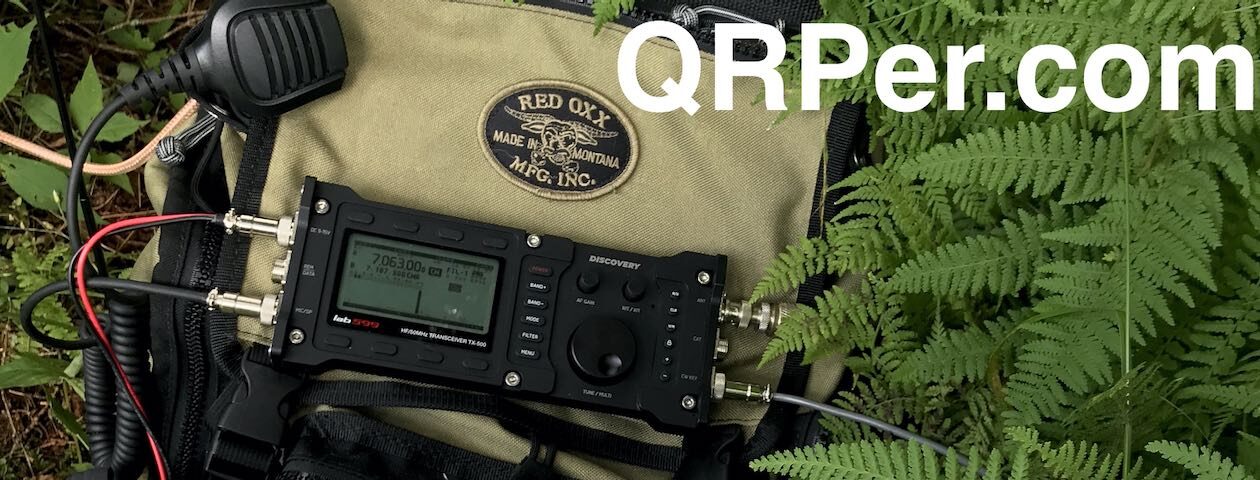Many thanks to Thomas (DM1TBE) for the following field report:
Shivering with 18 WPM on the ruins of the medieval Hohenstaufen Castle
by Thomas (DM1TBE)
Intro
It had been two weeks since my last field activation and my bad conscience grew, so a friend and I scheduled an activation, even with expected temperatures at -2 °C / 28 °F. The choice fell on the summit Hohenstaufen (DM/BW-102).
The Hohenstaufen is one of the two SOTA summits that I can see from home in Southern Germany and one of the so-called group Drei Kaiserberge – the middle one does not qualify for SOTA, unfortunately.
A Little Bit of History
On top of the summit are still ruins from the medieval Hohenstaufen Castle. The castle was built around 1050 and used until 1525, when it was looted and burned down during the German Peasants’ War. The summit has been populated since at least the 8th century.
The castle (picture from 1470 above), was the seat of the Hohenstaufen dynasty to whom belonged several Kings and three Emperors of the Holy Roman Empire, which, at its greatest extent, included the area of Germany, Switzerland and parts of France, Austria, Italy, Czech, Belgium, Netherlands, Slovakia – or easier: almost all of Central Europe.
The history of the House of Hohenstaufen was misused by Nazi-Germany when they named the 9th SS Panzer Division Hohenstaufen.
There is not much left of the castle nowadays, but you can still spot parts of the foundations and walls.
Equipment
Due to the positive experiences during the last two activations, I decided to go with an end-fed half-wave antenna for the 30 meter band along with my Elecraft KX3, a 4Ah LiFePo4 battery, a 10 m / 33 ft fibreglass pole and the BaMaKeY TP-III (a 70 g / 2.5 oz light magnetic paddle). The paddle is too light for me to use, so I usually attach the magnetic base of the paddle to a metallic clamp on a clipboard. Although I studied computer science, I prefer pen and paper for logging. Part of the fun is the guessing of the logged call signs after an activation.
Activation
The summit is within walking distance from home, but the weather and a tight family schedule coerced me to drive the 15 minutes to our starting point. Continue reading DM1TBE Field Report: Shivering with 18 WPM on the ruins of the medieval Hohenstaufen Castle












































